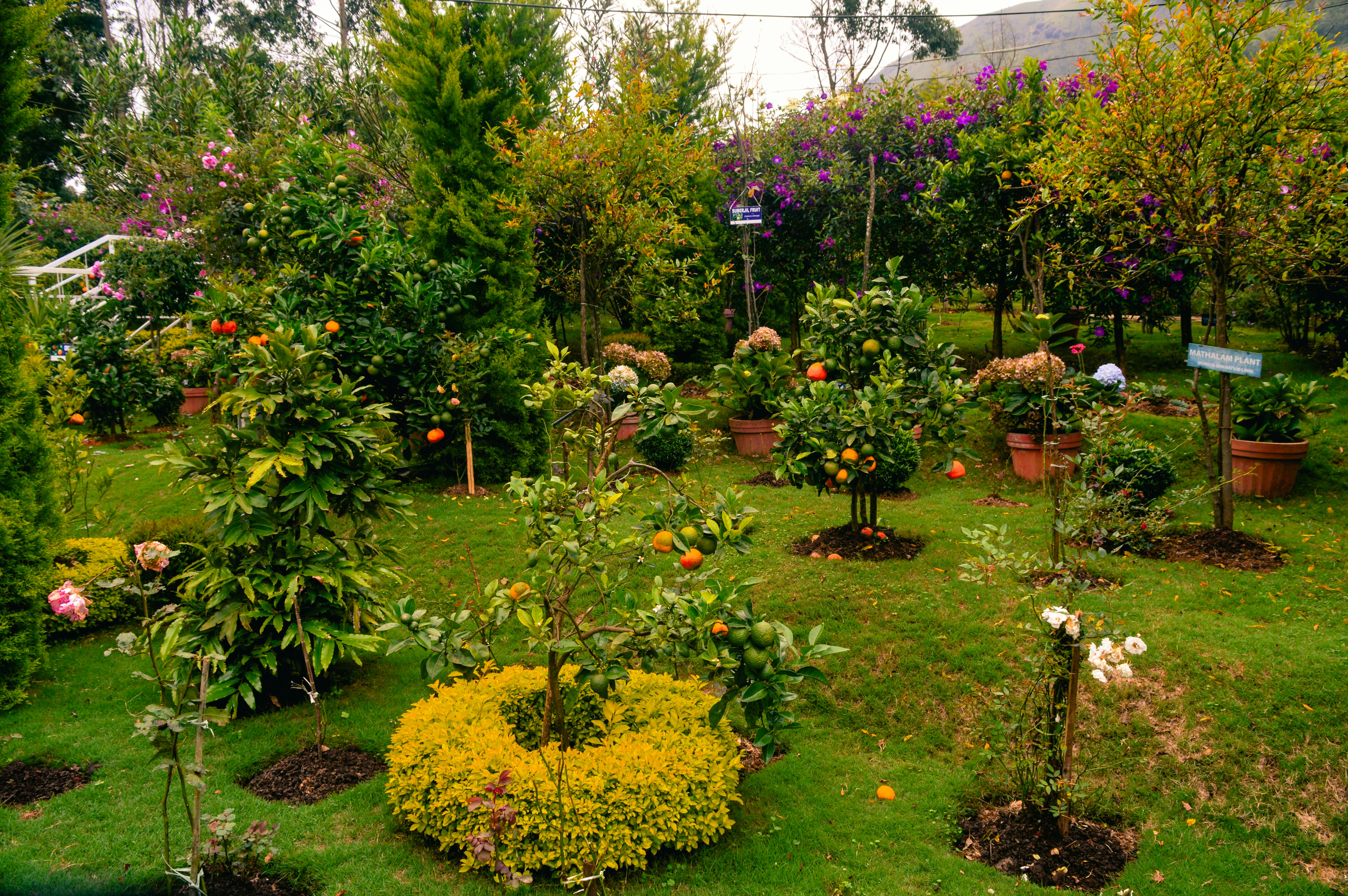Discover Botanical Synesthesia: Elevate Your Wellness Experience
In a world bursting with noise and chaos, the idea of enhancing well-being through sensory experiences draws many of us in. Imagine strolling through a lush garden and inhaling the intoxicating scent of jasmine while feeling the gentle caress of soft leaves against your skin. This multisensory interaction can enhance your mental state, improve your mood, and even foster deeper connections with your environment. Welcome to the fascinating concept of botanical synesthesia—a blend of plants and sensory experiences designed to enrich our health and wellness journeys. This article takes you on a sensory journey, exploring how botanicals can transform your well-being through innovative experiences.
Understanding Botanical Synesthesia

What exactly is botanical synesthesia? Synesthesia, in a broader sense, refers to a condition where one sense involuntarily triggers another—as when hearing music evokes the taste of certain foods. Botanical synesthesia builds upon this by incorporating nature, particularly plants, into the sensory experience, allowing individuals to engage with their environment on multiple levels.
Engaging with plants not only stimulates our senses but also has profound physiological effects. Research indicates that being around greenery can reduce stress hormones and lower blood pressure while promoting mental clarity and emotional recovery. The ancient practice of herbalism teaches us the importance of plants in healing; modern applications continue to unlock their potential as partners in well-being.
The Role of Scent in Wellness

The olfactory sense is one of the most potent gateways to enhance our wellness. Consider this: scent has a direct line to the brain’s limbic system, which plays a key role in emotions and memories. Utilizing aromatic plants like lavender or citrus can elicit soothing responses and uplift moods.
To harness the power of botanical scents, try creating your own aromatic garden at home. Pot essential herbs like rosemary and basil, or plant a lavender bush. The act of nurturing these plants contributes to a calming ritual, while their scent can provide ongoing mood support.
If you’re curious for deeper learning on how sound can also affect mental clarity, explore how sound frequencies can elevate your experience.
Colors and Their Impact on Mood

Ever noticed how certain colors make you feel different emotions? It’s not just you—there’s science behind it! Botanical synesthesia also taps into the colors of plants, having a significant impact on our moods and emotions. Bright, vibrant colors often energize us while softer shades can instill a sense of calm.
Imagine tending to a garden filled with richly colored flowers—like bright geraniums and soft lavender shades. Taking time to appreciate these visual wonders not only offers an opportunity for mindfulness but encourages a connection to nature. You can even take advantage of the season’s palette with color-themed meals.
Speaking of colors, consider how using colorful foods in your diet can boost your mood and enrich your health. The concept of eating by color isn’t just visually appealing; it also highlights the nutritional diversity that every hue brings.
Tactile Engagement and Nature

The touch of nature on our skin can evoke feelings of tranquility. Think about the sensations tied to feeling soil between your fingers, brushing against smooth leaves, or the gentle touch of grass below your feet. Engaging with plants through touch fosters a sense of grounding and connectedness.
Take time to explore the textures in your garden or local park. Consider growing plants with varying textures, from the velvety leaves of lamb's ear to the prickly surface of cacti. Children, in particular, may benefit from these tactile interactions, encouraging sensory exploration and curiosity.
To further enhance your personal journey to wellness, learn more about how nature's soundscapes can help clear mental clutter and sharpen focus. Sounds have a holistic way of shaping our environments and feelings.
Sound and the Botanical Experience

Nature is not just a visual feast; it’s also a tapestry of sounds. Incorporating auditory experiences into your botanical journey can deepen your connection to wellness. The continuous rustle of leaves, whispering winds, and chirping birds offer a symphony that can calm your nervous system.
Incorporate gentle sounds into your home through indoor plants that not only beautify but create peaceful spaces. High-quality sound machines or music designed for relaxation can complement the visual element of your botanical experience, creating a multisensory environment tailored to well-being.
As you explore the role of sound, don’t miss out on transforming your mental health with mindfulness through sound and nature.
Aroma and Memory: A Personal Connection

The links between aroma and memory are profound. As you dive into the world of botanical synesthesia, allow your sense of smell to enhance nostalgic journeys. For example, certain fragrances may bring back childhood memories of your grandmother’s garden or a beloved family gathering.
To actively engage your olfactory memories, try diffusing scents associated with pivotal moments in your life while meditating or journaling. This practice can offer therapeutic opportunities for reflection and healing.
Utilizing Botanical Synesthesia in Daily Life

The beauty of botanical synesthesia lies in its accessibility; you can incorporate it into your daily life in myriad ways. Here are some practical steps:
-
Create a Sensory Garden: Whether you have a sprawling yard or a small apartment balcony, cultivate a garden filled with plants that engage your senses—scented herbs, colorful flowers, and textured foliage.
-
Incorporate Scent into Your Routine: Use essential oils or fresh herbs when cooking, or practice mindfulness while simply inhaling a beautiful bouquet.
-
Immerse Yourself in Nature: Regularly schedule time in nature. Take walks in botanical gardens, parks, or forests, immersing yourself in the sights, sounds, and scents.
-
Mindful Eating: Choose meals that are colorful and nutrient-rich, tapping into the celebration of taste, texture, and color.
-
Engage Your Mind: Learn and implement the principles of mindfulness. Explore mindfulness techniques to integrate tranquility into your daily rhythm.
Personalizing Your Wellness Journey

Everyone has a unique connection to nature. Exploring botanical synesthesia invites us to embrace our personal relationship with plants, sound, color, and texture. Consider how you experience well-being: What sensory cues spark joy?
Begin journaling about your experiences as you implement different botanical engagements. Document your feelings, lighting patterns, or scents that invoke strong emotions. By consciously interacting with your environment, you can enrich your overall mental and physical health.
Utilize resources such as urban foraging to engage with local ecosystems and discover nutrient-rich edibles that can enhance your culinary adventures.
Final Thoughts

The concept of botanical synesthesia serves as a captivating reminder of the intertwined relationship between nature and our well-being. By nurturing a multisensory connection with plants, we open pathways to holistic healing, enhanced mood, and deeper engagement with our lives.
Explore your surroundings and discover how a simple plant or aroma can shift your mental space or elevate your emotions. With botanical synesthesia in your toolkit, you enhance not just your wellness—there’s a very personal journey ahead, one scented with serenity, textured with peace, and colored with vibrant joy.
Make your health and wellness an ongoing adventure by inviting the wonders of nature into your daily life.



